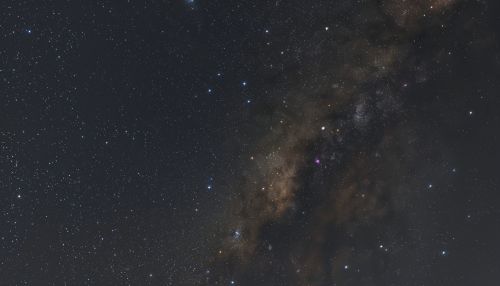Serpens
Overview
Serpens is a constellation in the northern hemisphere. It's unique among the modern constellations in being split into two non-contiguous parts, Serpens Caput (Serpens Head) to the west and Serpens Cauda (Serpens Tail) to the east. Between these two halves lies the constellation of Ophiuchus, the "Serpent-Bearer". In figurative representations, the body of the serpent is represented as passing behind Ophiuchus.


History
The constellation of Serpens was one of the 48 constellations listed by the 2nd-century astronomer Ptolemy, and it remains one of the 88 modern constellations defined by the International Astronomical Union. The constellation is associated with a number of stories and myths, most commonly being identified as the snake held by Asclepius, the Greek god of medicine.
Notable features
Serpens contains a number of notable stars and deep sky objects. Among the stars, the brightest is Unukalhai (Alpha Serpentis), a double star located in Serpens Caput. Other notable stars include Eta Serpentis, a binary star, and Mu Serpentis, a variable star.
The constellation is also home to several deep sky objects. These include the Eagle Nebula (also known as Messier 16), a star-forming region that contains the famous "Pillars of Creation". Another notable object is the Red Square Nebula, one of the most symmetrical celestial objects ever discovered.
Observation
Serpens is best observed in the summer months in the northern hemisphere. The constellation is located between the constellations of Boötes and Scorpius, with Serpens Caput lying to the west and Serpens Cauda to the east. The constellation is visible in its entirety from locations north of the equator, and parts of it can be seen from as far south as the southern tip of South America.
